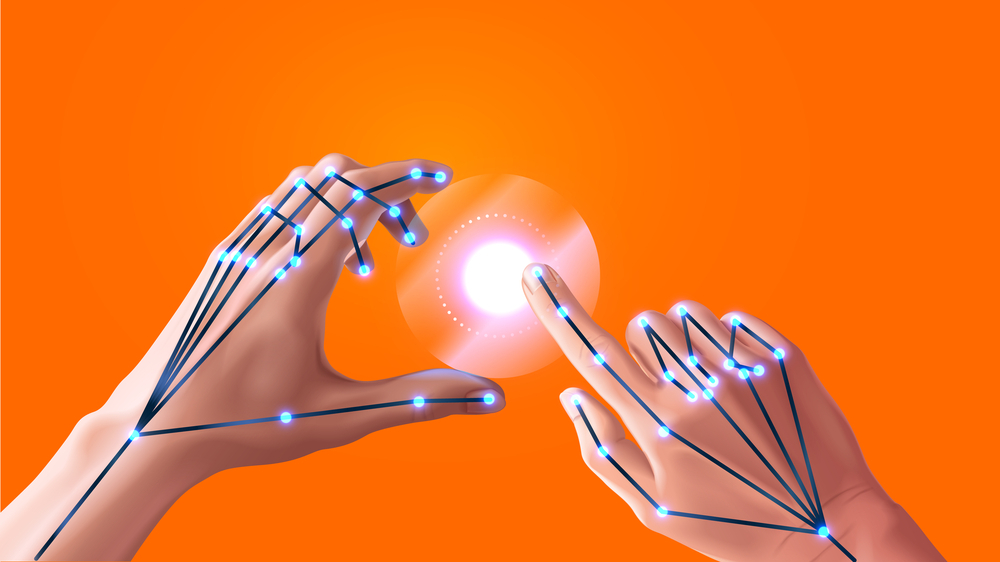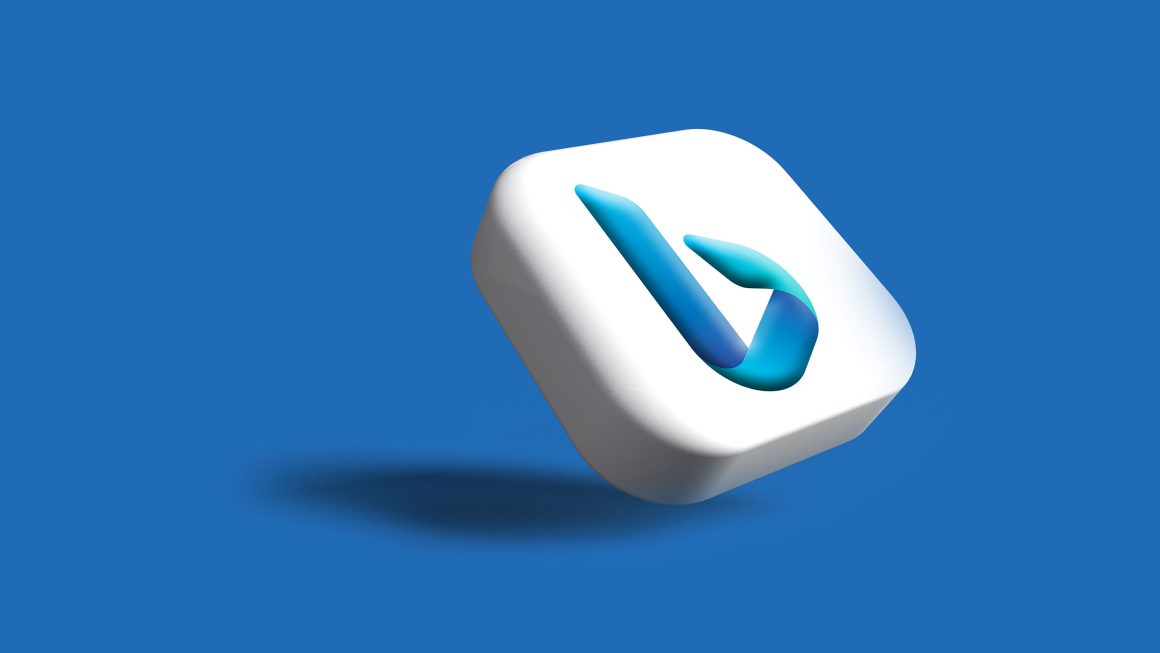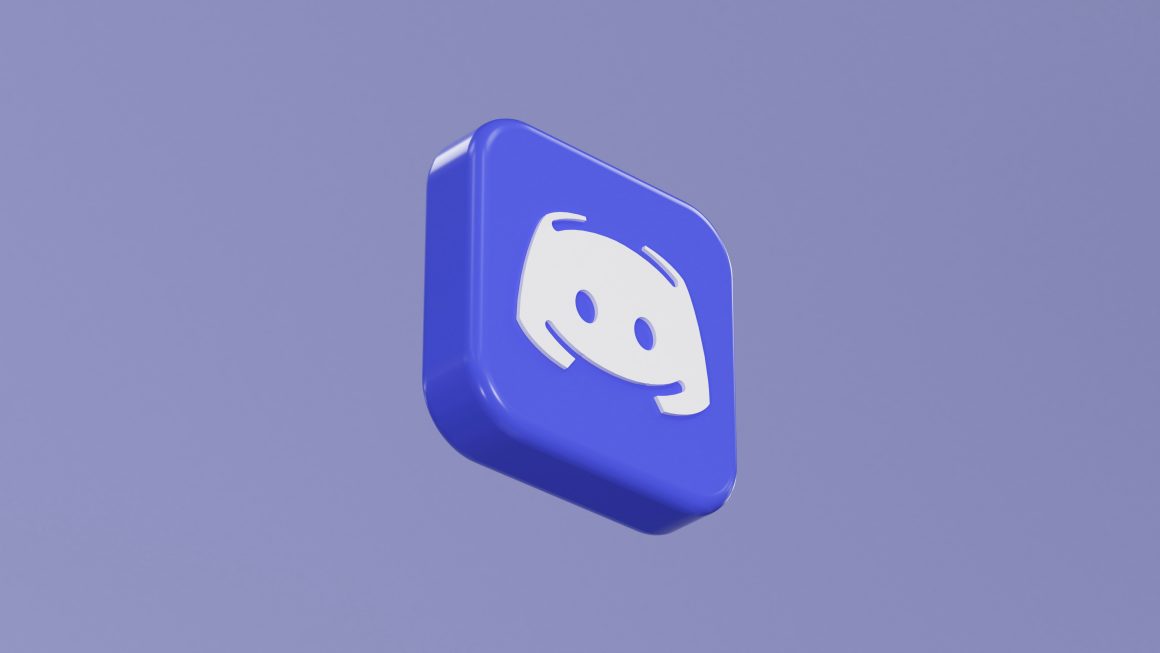“Any sufficiently advanced technology is indistinguishable from magic,” said Arthur C. Clarke, the author of Profiles of the Future: An Inquiry into the Limits of the Possible. In this article we will come to know about What is Gesture Recognition? How Does it Work, and its Future Applications?
In light of innovations like motion sensors, voice control, touch, and more, Arthur was right. They are no less than magic!
Since the start of time, Man has worked to improve lives. Each technology was designed to serve a purpose. From the first wheel to our present-day smartphones and airplanes, each one brought convenience to our lives. Every day we see innovations emerge, incorporating new technologies like artificial intelligence and machine learning solutions. Gesture recognition is one example of machine learning and AI.
As the name implies, gesture control is the ability of machines to interpret human movements as commands via mathematic algorithms.
So, the question is, what is gesture recognition? Let’s explore and see whether the technology is worth all the commotion.
What is Gesture Recognition? How Does it Work?
Until a few years ago, there had only been one way for us to communicate with machines, direct physical contact. Then, we evolved from touch screens to voice recognition and now gesture control. Gesture recognition is the science of reading human gestures and translating them into commands via mathematic algorithms.
The movements can range from full-body motion recognition to small changes in facial expressions. It enables us to use technology, particularly smartphones and tablets, with simple hand movements. The technology is still in its infancy; if appropriately developed, it could change the way the world functions.
We’re familiar with the graphical user interface (GUI), but gesture recognition is categorized as a touchless user interface or TUI. A step past the touchscreen technology, TUI devices work without physical contact. Voice-controlled Google Home and Amazon Alexa are two of the most prominent examples of TUI.
Voice recognition allows you to control the devices by merely voicing the commands you want it to perform. Gesture control also works without touch by recognizing hand movements as commands. With both of them being part of TUI, devices with touchscreen support also offer gesture recognition features.
Gesture recognition technology is further classified into different types, but they all function on the same principle – recognizing human gestures as command inputs. The technology uses the camera feature as a sensor to detect the user’s movements. When a gesture corresponds with a preinstalled command, the device performs the relevant output like unlocking the phone, launching an app, and more.
The types of Gesture Controls
The two devices that support the technology so far include mobile phones and televisions. Gesture control has enormous potential to improve lives in various areas, including the medical sector, entertainment, automation systems, and more. It opens up a world of possibilities, enhancing the user experience by allowing users to experiment with different forms of input.
Depending on the time taken to respond, gesture control can be divided into two types:
Online Gestures
Online Gesture or direct manipulation gestures are those that control a machine or computer system to bring about a result in real-time. You can interact with objects and view the changes as you make them.
Offline Gestures
Offline Gestures don’t show real-time change. These are the types of commands that are processed after they are made, for example launching an app after the corresponding gesture is performed.
The Future Applications of Gesture Recognition
Besides an alternative interface, gesture control has various advantages that make it worth a future investment.
The use of gesture technology would mean less wear down of the devices and its parts. After years of use, wear down of the QWERTY keypad, or touchscreen breakdown is expected. Even if the smartphone is of excellent quality, it can only survive so long with the constant ‘abuse.’
Gesture control limits the damage, ensuring the device lasts longer. It offers a countermeasure to touchscreen interface by recognizing human movements as command inputs. The lack of touch means less wear.
Additionally, it opens up new forms of interfaces that improve usability and user experience for the consumers. Its probable use in all sectors of life means that it can change the way the world works. Here are some of the applications of gesture technology:
Medical Applications
Together with advanced robotics, gesture recognition can help identify and treat patients with severe, life-threatening conditions like stroke or heart attacks. Placed in nursing homes or hospitals, it can provide emergency treatments to stabilize conditions until the paramedics or doctors can get to the patient.
Alternative Interfaces
As technology advances, we see new forms of interfaces that offer multiple ways for us to interact with machines and computer systems. Gesture control, facial recognition, lip movement, and eye-tracking recognition are examples of a completely new interface, perceptual user interface (PUI).
Entertainment Sector
Currently, only the entertainment industry has explored the use of gesture technology on a global scale, despite its vast real-world applications. Many videogame consoles, arcade units, and computer systems incorporate the use of gesture recognition. They feature input methods via a combination of devices to enhance the players’ experience.
Microsoft and Sony are the creators behind Xbox and PlayStation game consoles, respectively. The two devices exhibit gesture recognition via additional hardware, Kinect for Xbox, and Eye/Camera for PlayStation. However, with their newer console models, the two tech giants went different ways with gesture technology. Where Microsoft made Kinect 2.0 an integral part of Xbox One, Sony chose to keep the PlayStation Camera as an additional accessory for PlayStation 4, opting to stick to the traditional forms of input.
Automation Systems
Gesture recognition technology increases usability when incorporated with car entertainment systems, in homes or offices. It provides alternative input methods while limiting the need for resources to create remote control devices or integrating buttons and a touchscreen interface.
Improving Life for the Disabled
One of the most useful pros of gesture recognition is its ability to enhance the way of life for differently-abled individuals in society. It gives them a way to live independently and on equal footing as their peers. Various technologies in existence provide convenience for the disabled, but gesture recognition takes things a step further. It eliminates the need for manual support, allowing individuals to function with ease.
Many of the latest innovations, particularly smartphones and television sets, come integrated with gesture recognition technology. The technology still has ways to go before it can be used to its full potential.
Is Gesture Recognition Worth Investing?
The future of technology is subject to change according to the need of the times. Therefore, it’s interesting to witness how the touchless interface will alter our reality. Man has continually pushed the boundaries of reality with evolving innovations; perhaps there will come a time when we don’t need physical contact to operate our devices. Most importantly, a time where the differently-abled won’t be so different from the more fortunate ones in society.
In light of its benefits and potential uses yet to be developed, gesture recognition holds power to change the world. It offers new ways for us to interact with machines and computer systems, enhancing the user experience of a particular device by a significant margin. So, wouldn’t you say it’s worth investing?
Also Read More: All you need to know about voice recognition




